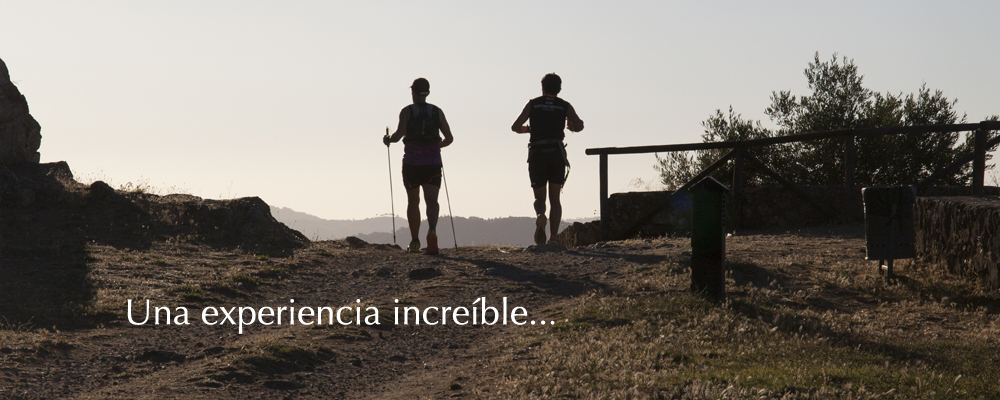

SURROUNDINGS
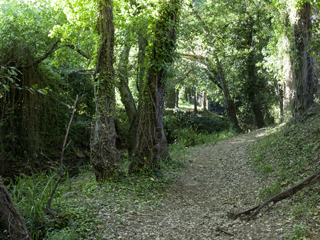
La Sierra is a spanish region situated in the province of Huelva, in Andalucia. It's formed by the towns of Alájar, Almonaster la Real, Aracena, Aroche, Arroyomolinos de León, Cala, Cañaveral de León, Castaño del Robledo, Corteconcepción, Cortegana, Cortelazor, Cumbres de Enmedio, Cumbres de San Bartolomé, Cumbres Mayores, Encinasola, Fuenteheridos, Galaroza, Higuera de la Sierra, Hinojales, Jabugo, La Nava, Linares de la Sierra, Los Marines, Puerto Moral, Rosal de la Frontera, Santa Ana la Real, Santa Olalla de Cala, Valdelarco and Zufre. It shares its eastern border with the province of Sevilla, its southern border with the regions of La Cuenca Minera and El Andévalo; its western border with Portugal and its northern border with the autonomous community of Extremadura. La casa del Correcaminos is located right in/in the middle of the Sierra de Aracena and Picos de Aroche Natural Park, in the municipality of Santa Ana la Real. The Sierra de Aracena and Picos de Aroche natural park is a quite virgin area places in the northern part of the province of Huelva, declared natural park the 28th of July of 1989 by the Junta de Andalucia.
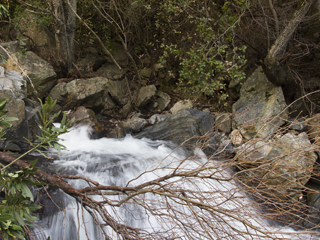
It covers 186.827 hectares and has a population of approximately 41.000 inhabitants. It belongs to the Dehesas de Sierra Morena Biosphere Reserve along with Sierra del Norte de Sevilla and the cordoban Sierra de Hornachuelos natural parks. The park takes part in the European Charter of Sustainable Tourism (ECST).Other protection institutions with jurisdiction over the area are: Community Interest Area (CIA Sierra de Aracena y Picos de Aroche), Special Protection Areas for Birds (SPAB Sierra de Aracena y Picos de Aroche). Located in the western edge of Sierra Morena and to the North of the province of Huelva, Sierra de Aracena y Picos de Aroche Natural Park is known for its extense forest mass, its high rainfall/pluviosity, its mild/soft/pleasant climate and its natural and cultural heritage which attracts the attention and curiosity of the visitor. The spacious meadows which dominate this rustic environment have favoured the breeding of the iberian pig, among with the industry which sustains villages such as Cumbres Mayores or Jabugo. No one should leave the region without trying its exquisite cold meats and, of course, the famous ham from Jabugo with Denominación de Origen. You'll be able to learn more about the region's cold cuts tradition in Aracena's Ham Museum.
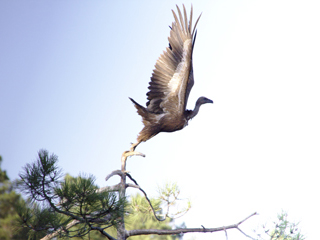
The landscape changes based on altitude and humidity. The meadows crowded by holm oaks are replaced by cork oaks in some areas, while forests of pyrenean oaks are more common in areas with higher altitudes, such as the Paraje de la Solana de los Bonales; in contrast, in villages/towns such as Fuenteheridos, Galaroza or Castaño del Robledo the landscape is formed by chestnut trees; and in the beds of rivers such as the Múrtigas by riparian forests where there is abundance of large sized trees such as black poplars, ash trees, willows and alder trees, as well as brambles and climbing plants. It’s an excellent environment for the visitor to rest. This kind of forest fosters a rich wildlife. In the natural park some mammals such as the mongoose can be spotted, as well as the genet and the evasive otter. The bird life is also diverse; cruising the skies of this natural environment, and it’s possible to observe vultures, kites and black storks, among many others. A good choice to become closer to this natural heritage is completing routes by foot through any of the marked paths or perhaps taking a relaxing horseback ride.
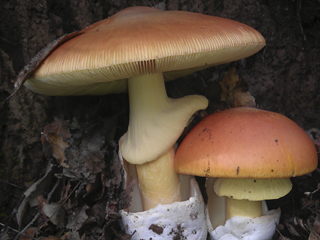
Traveling around its villages and enjoying the interesting heritage is a must do when visiting the park. There are many options, like visiting the monumental complex/set of Almonaster la Real, made up by the castle, the church and the mosque; the Cortegana castle, one of the most well preserved structures of the area or Sancho's IV fortress in Cumbres Mayores. Another possibility is to go deep into the Gruta de las Maravillas in Aracena or visiting the Peña de Arias Montano in Alájar, two captivating spots of natural interest. On the other hand, the region offers a wide gastronomic offer: breed meats, goat cheese, cold meats and, of course the chestnut, prepared in all its varieties. One of its products, the mushroom, brings mycology lovers together every year through culinary sessions and courses, inviting them to learn more about its characteristics, being possible to enjoy this delicacy during the harvesting season.